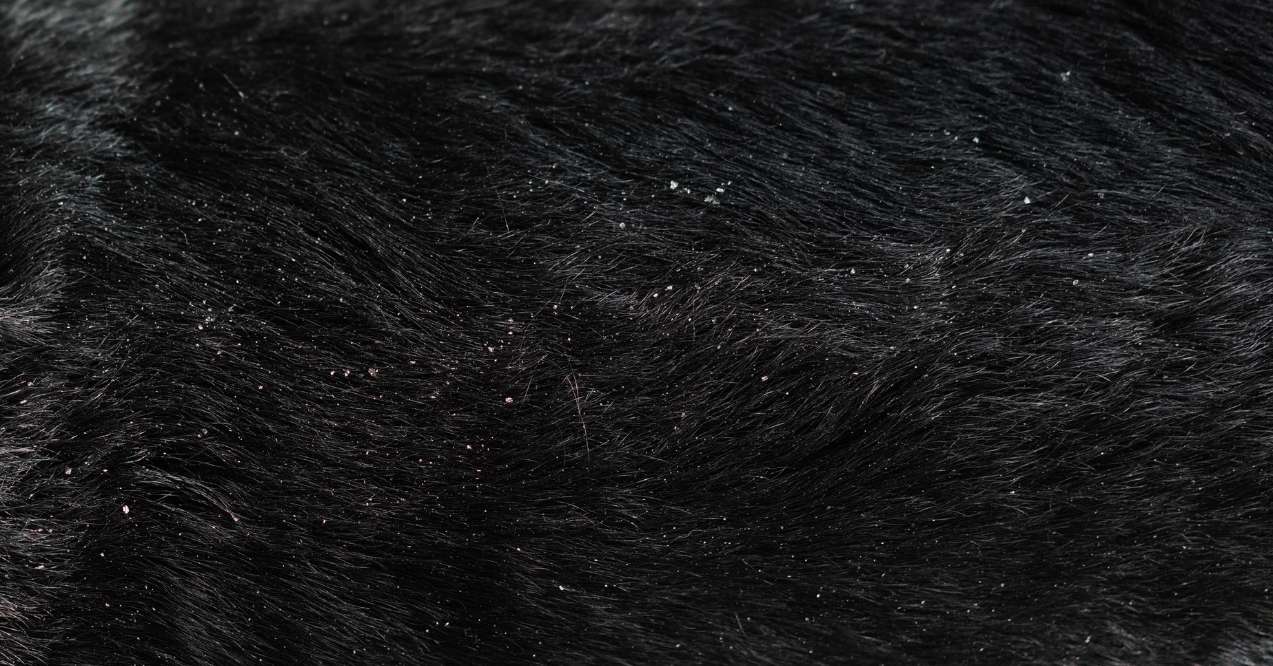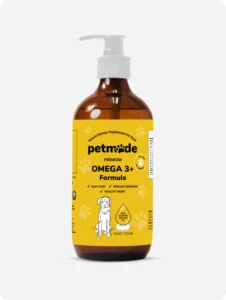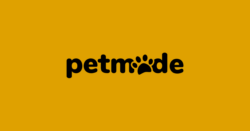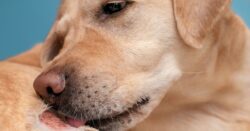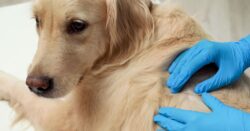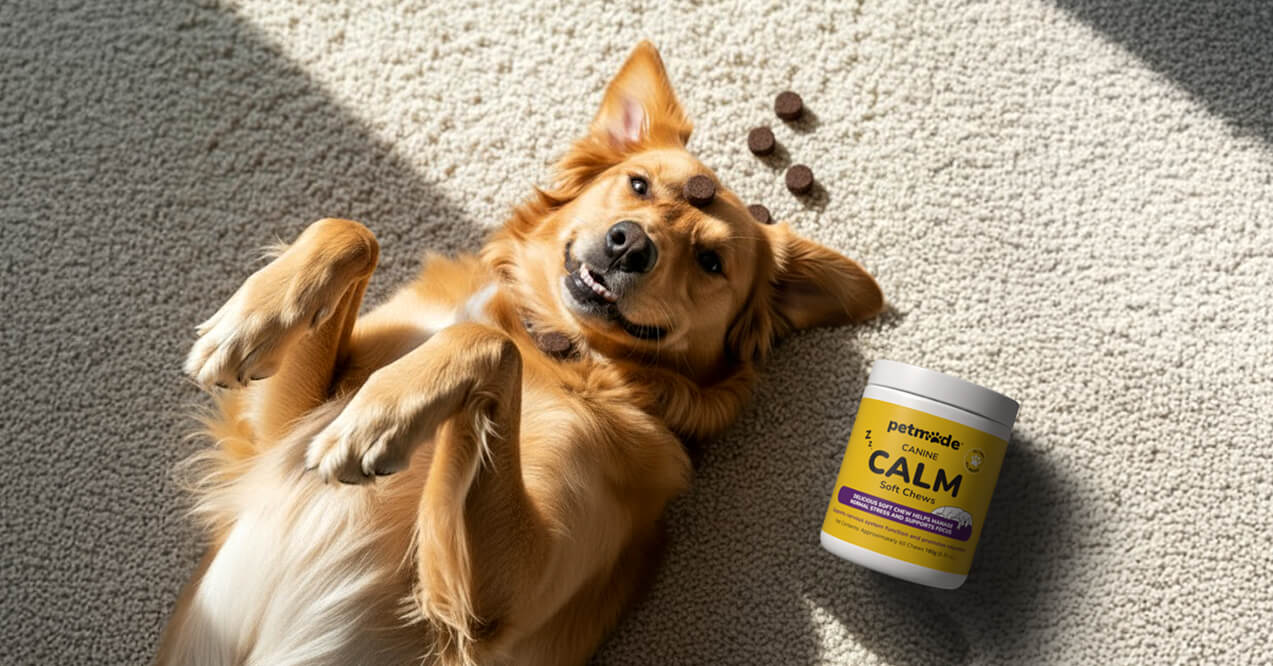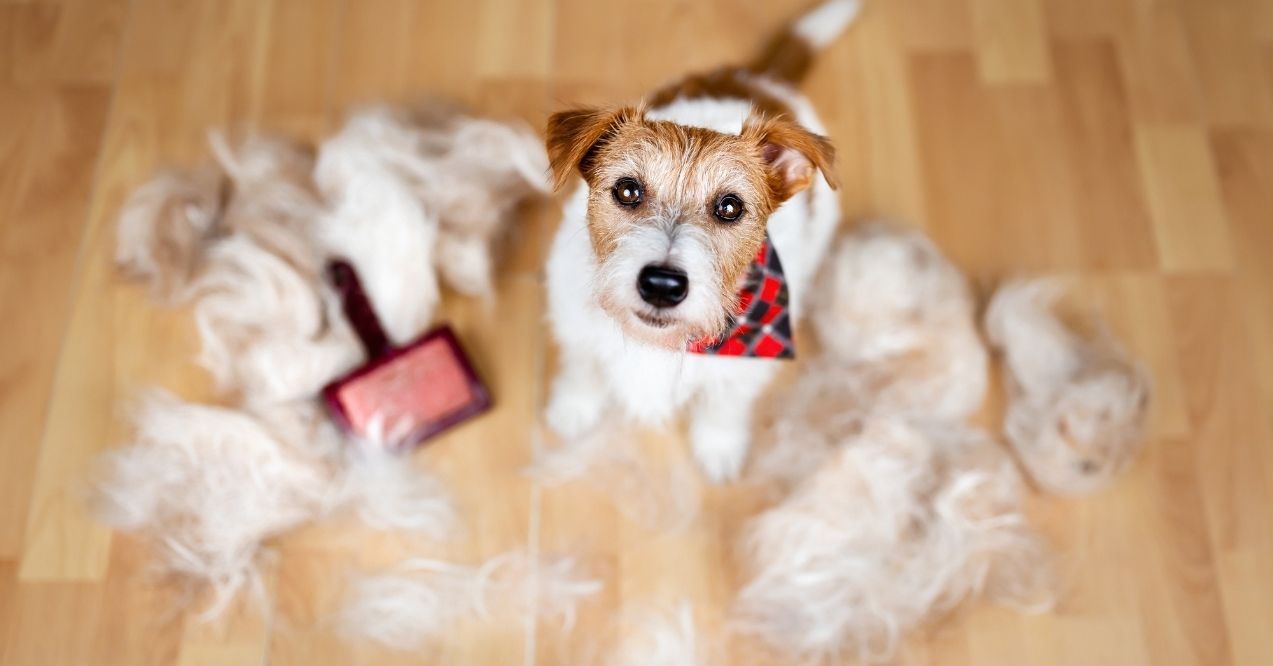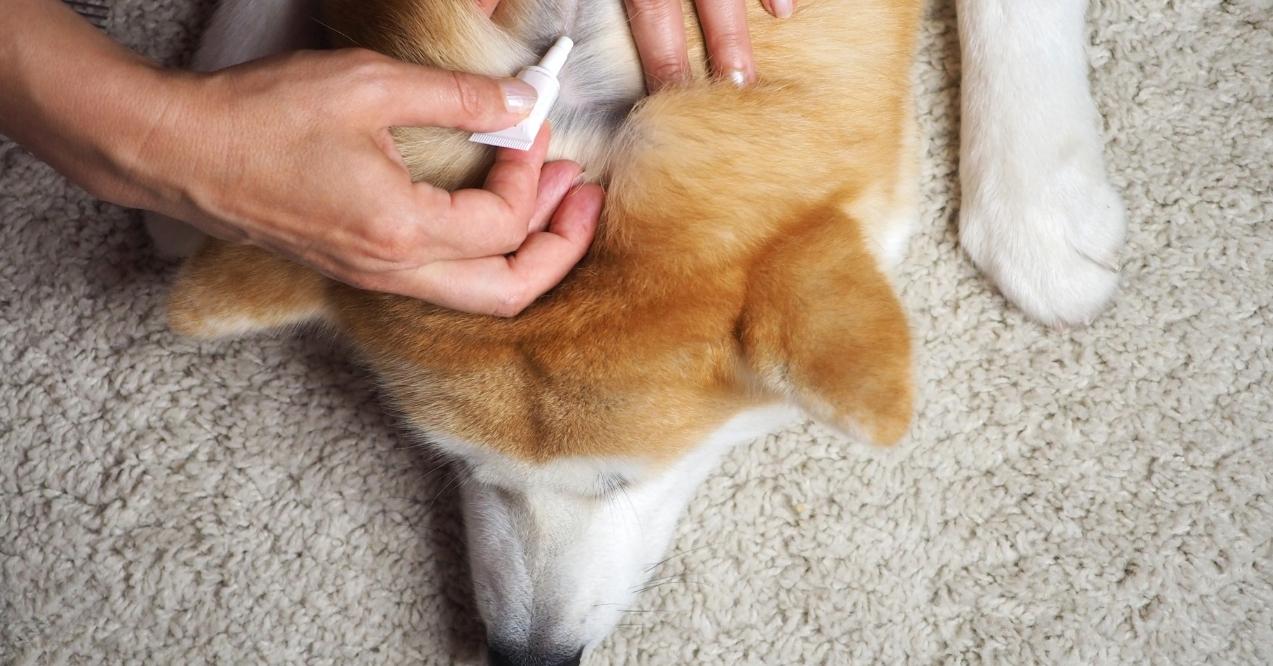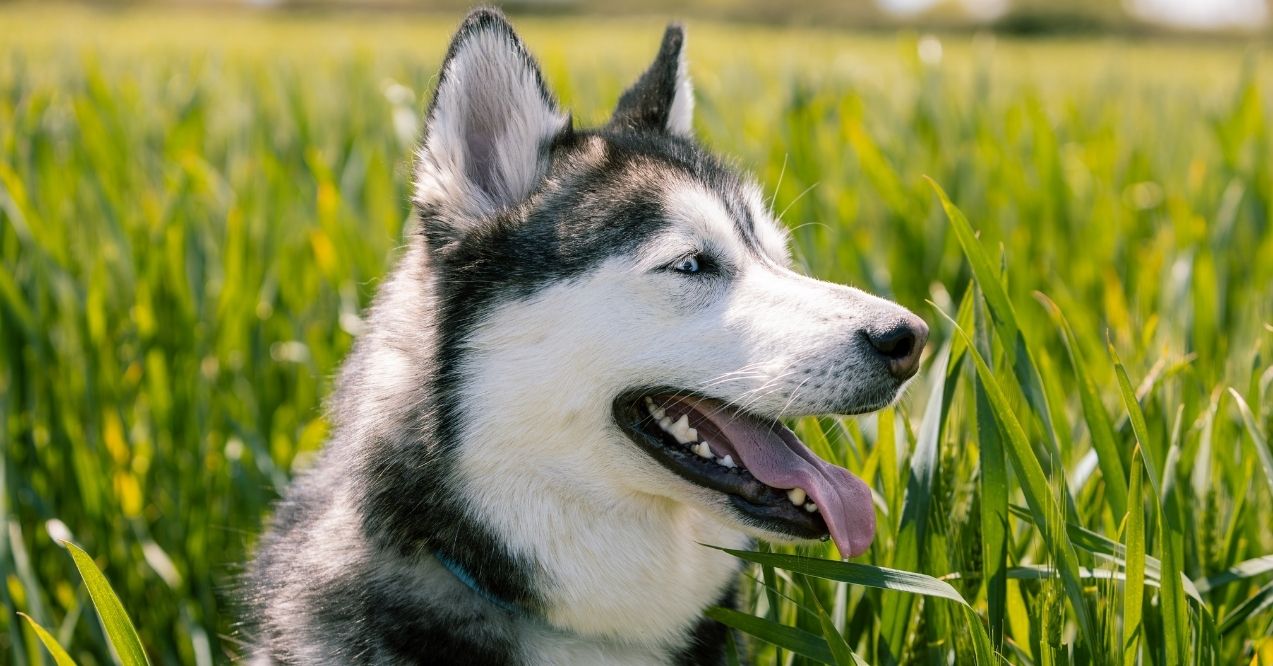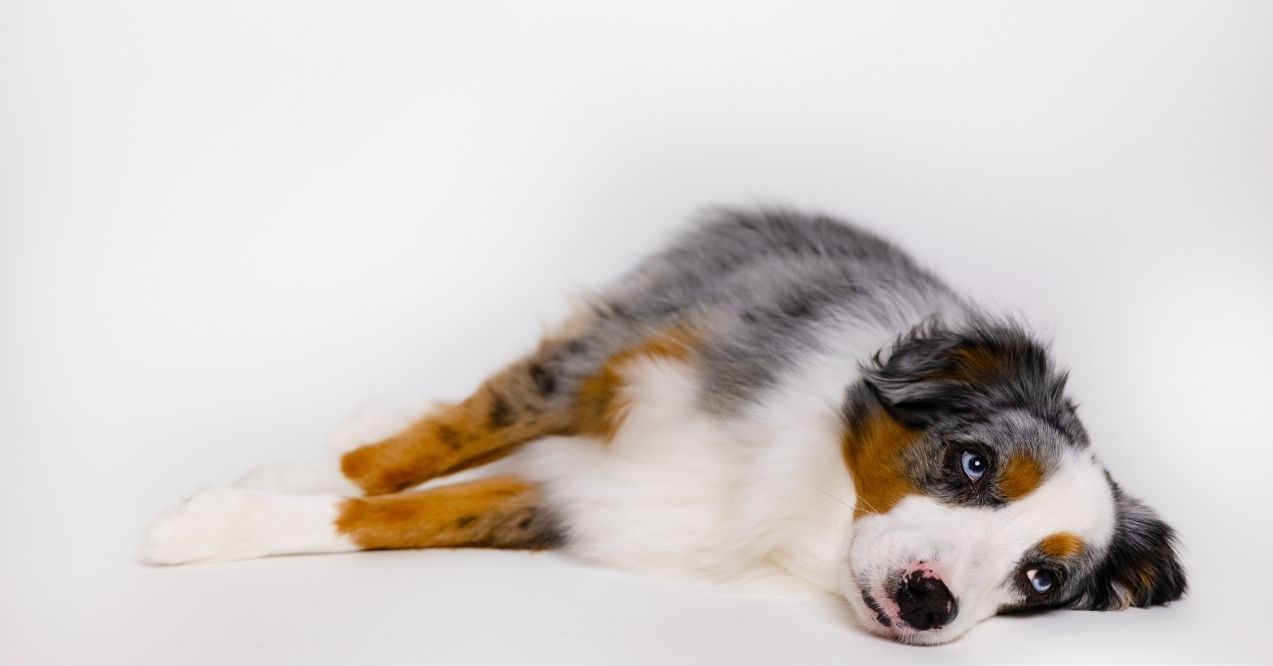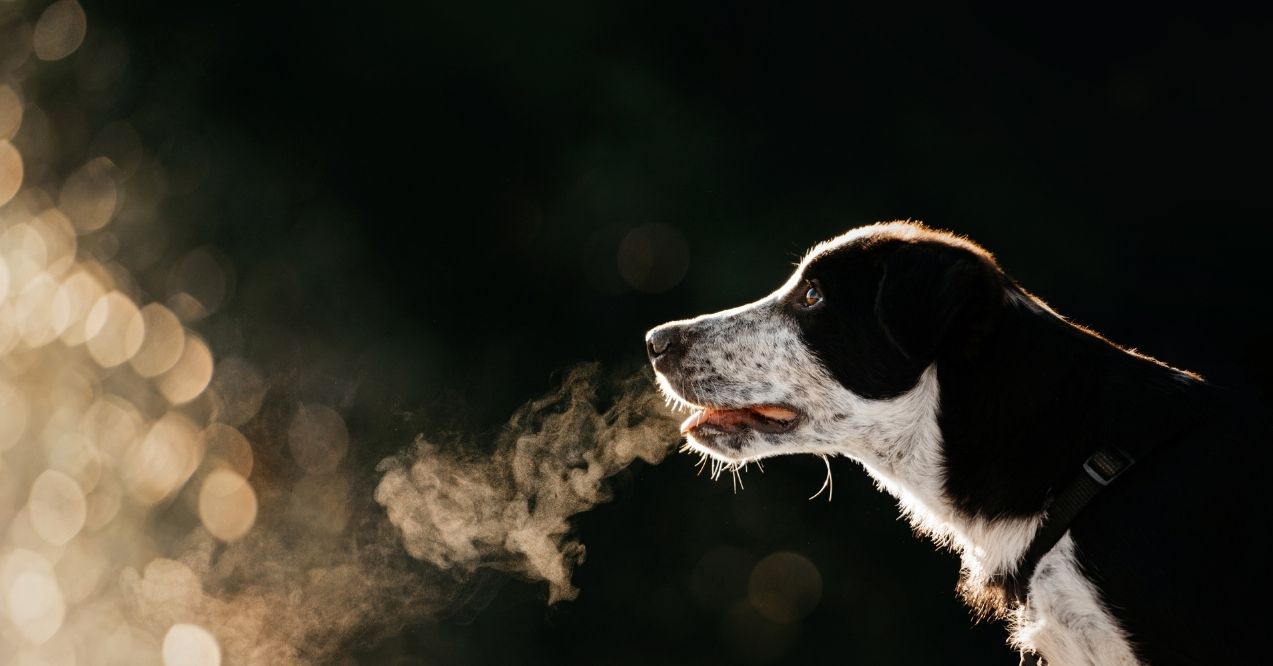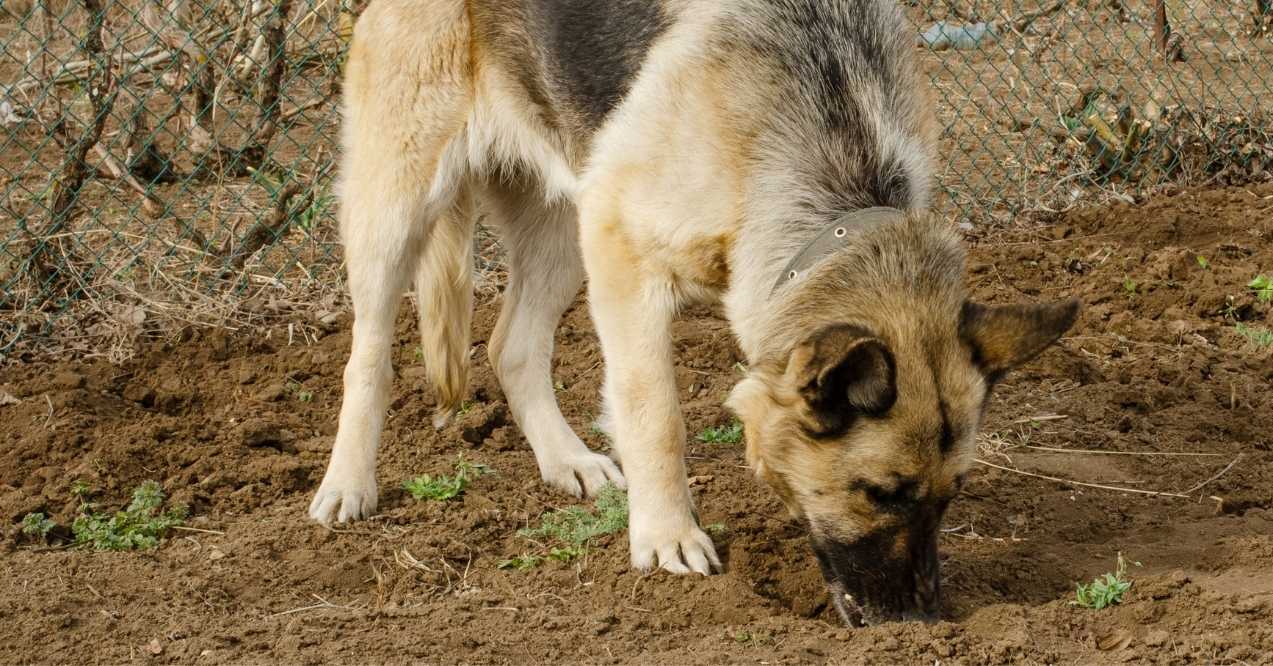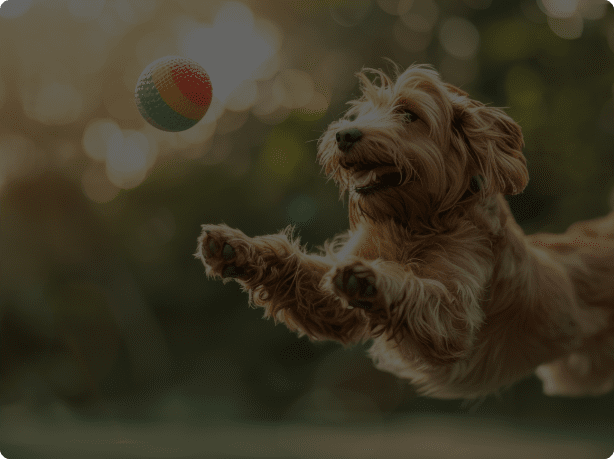How to Get Rid of Your Dog’s Dandruff
Have you ever noticed tiny white flakes on your dog’s fur or bed and wondered where they came from? Just like humans, dogs can experience dandruff – those pesky flakes are more common than you might think. The good news? Most of the time, this is a manageable grooming concern caused by simple, everyday factors like dry skin, seasonal changes, or diet.
With a few easy steps, you can support your dog’s skin health and reduce those visible flakes. In this guide, we’ll walk you through how to get rid of dog dandruff by identifying its cause and creating a gentle home-care routine.
Why Does My Dog Have Dandruff?
Noticing flakes on your dog’s coat can be concerning, but dandruff in dogs often starts with simple everyday triggers. Dry skin, grooming habits, diet, and even tiny parasites can all play a role. Understanding the possible dog dandruff causes is the first step to supporting your pup’s skin health.
Dry Air, Allergens, and Humidity
Environmental factors like dry indoor air, especially during winter, can pull moisture from your dog’s skin, leading to flakiness. Allergens such as dust, pollen, or mold can also irritate the skin’s natural moisture barrier, causing it to become dry and flaky. If your home lacks a good humidity balance, your dog’s skin might feel the effects.
Dietary Deficiencies
A lack of essential nutrients, especially omega-3 fatty acids, can impact your dog’s skin health. These healthy fats help maintain skin hydration from within. Poor hydration and unbalanced diets without skin-supporting nutrients can lead to dryness and visible flakes.
Grooming Habits
Bathing your dog too often – or using harsh shampoos – can strip away natural oils that keep the skin supple. On the flip side, infrequent brushing may allow dead skin cells and dirt to build up, clogging the skin and making dandruff more noticeable.
Walking Dandruff and Mites
In some cases, tiny external parasites like Cheyletiella mites, often called “walking dandruff,” can mimic dandruff symptoms. These mites live on the skin’s surface and cause flaking that looks like dandruff. If you’re wondering how to tell if your dog has parasites, look for excessive scratching, moving flakes, or seek a professional check-up for confirmation.
Dog Dandruff Home Care Treatment
Wondering how to get rid of dog dandruff naturally at home? The good news is, with a few simple tweaks to grooming, nutrition, and your dog’s environment, you can help reduce those pesky flakes and promote healthier skin. Let’s break down the most effective home care strategies into easy steps.
Adjust Grooming Frequency & Products
Using the right grooming products is key. If you’re wondering how do you moisturize a dog’s skin, look for moisturizing or oatmeal-based shampoos made specifically for dogs. Avoid human shampoos, as they can strip essential oils.
Adjust bathing frequency based on your dog’s coat type:
- Short coat: Bathe every 4-6 weeks.
- Long/double coat: Bathe every 6-8 weeks, with weekly brushing to remove dead skin cells.
Enhance Skin Health Through Nutrition
Skin health starts from within. Omega-3 fatty acids are essential for maintaining moisture balance. You can add fish oil to your dog’s meals, but always check the source and dosage. Can dogs have fish oil? Yes – but opt for pet-safe, high-quality supplements. Also, provide fresh water at all times and offer hydrating snacks like cucumber slices for an extra moisture boost.
Environmental Adjustments
Maintaining a comfortable home environment helps protect your dog’s skin. Using a humidifier can add moisture to dry indoor air. Wash your dog’s bedding regularly with hypoallergenic detergents to minimize exposure to dust and allergens that may irritate the skin.
Natural Remedies
For a gentle dog dandruff treatment, try these natural home solutions:
- Oatmeal Baths – Grind plain oats into a powder and mix with warm water. Soak your dog for 10-15 minutes.
- Diluted Apple Cider Vinegar Spray – Mix equal parts vinegar and water. Lightly mist onto the coat to balance skin pH.
- Coconut Oil Application – Rub a small amount onto dry patches, but avoid overuse to prevent greasiness.
Note: Always test these remedies on a small area first to check for sensitivity, and use sparingly to avoid clogging pores.
Breeds More Prone to Dandruff
While dandruff can appear on any dog, certain breeds are more likely to develop flaky skin due to their coat type, natural oil production, or specific grooming needs. Knowing if your dog falls into one of these categories can help you take early steps to minimize recurring dandruff. Providing targeted care, like proper brushing and nourishing supplements, can make a noticeable difference in your dog’s skin health.
Double-Coated Breeds
Breeds like Golden Retrievers, Huskies, and German Shepherds have thick undercoats designed to regulate body temperature. However, these dense layers can trap moisture, dirt, and dead skin, leading to visible flakes if not properly maintained. Regular brushing is crucial to distribute natural oils and prevent buildup. Using de-shedding tools during heavy shedding seasons helps keep their skin clean and flake-free.
Short-Haired Breeds
Boxers, Bulldogs, and Dobermans may not have fluffy coats, but their skin is more exposed to environmental triggers. When a dog has dandruff and a short coat, it’s often linked to dry indoor air or allergens like dust. Gentle moisturizing sprays and maintaining balanced humidity at home can support their skin’s moisture barrier.
Wrinkle-Faced Breeds
Pugs, Bulldogs, and Shar-Peis have adorable folds, but these skin wrinkles can trap sweat and debris. Regularly cleaning these areas with pet-safe wipes and monitoring for irritation helps prevent localized dandruff from forming within the folds.
Sensitive Skin Breeds
Cocker Spaniels, Basset Hounds, and West Highland Terriers are known for their delicate skin, which may be prone to excessive oiliness or dryness. Using hypoallergenic grooming products and introducing Omega-3 supplements early can support their skin’s natural balance and reduce flaking tendencies over time.
What to Do for Dog Dandruff if Symptoms Persist?
Sometimes, dandruff in dogs needs more than just home care. If flakes persist, or you notice additional signs, it’s important to escalate care. Watch for:
- Redness or inflamed skin that doesn’t improve.
- Excessive itching or constant scratching, even after grooming adjustments.
- Hair thinning or patchy spots, which may suggest deeper skin sensitivities.
- Flakes that appear to move, a possible sign of parasitic concerns.
Conclusion
Dealing with dandruff in dogs may seem tricky at first, but with a little observation and care, you can support your pup’s skin health effectively. From adjusting grooming routines and enhancing nutrition to fine-tuning the home environment, small changes can make a big difference. Remember, some breeds are more prone to flakes and need extra attention. By learning how to get rid of dog dandruff through home care strategies and knowing when to seek professional advice, you’re taking the right steps to keep your dog comfortable, happy, and flake-free.
Yes, dogs can get dandruff. It appears as small white flakes on their fur and skin, often caused by dryness, allergens, grooming habits, or dietary imbalances. Most cases are manageable with proper home care routines.
Usually, dog dandruff is a minor skin concern linked to dryness or grooming habits. However, if dandruff is accompanied by redness, excessive itching, or hair loss, it’s important to consult a professional to rule out underlying health concerns.
Regular dandruff is not contagious. However, if caused by parasites like Cheyletiella mites (walking dandruff), it can spread to other pets. Observing moving flakes or persistent scratching is key to determining if it’s a parasitic issue.
No, human anti-dandruff shampoos are too harsh for dogs and can disrupt their skin’s natural oils. Always use dog-specific moisturizing or oatmeal-based shampoos formulated to support your dog’s skin health gently and safely.
Advertisement. This site offers health, wellness, fitness and nutritional information and is designed for educational purposes only. You should not rely on this information as a substitute for, nor does it replace, professional medical advice, diagnosis, or treatment. If you have any concerns or questions about your health, you should always consult with a physician or other health-care professional. Do not disregard, avoid or delay obtaining medical or health related advice from your health-care professional because of something you may have read on this site. The use of any information provided on this site is solely at your own risk.
